By Aillinn Brennan • Special to The Current
The outcome of the political battle between the “Wets” and the “Drys” resulted in The Volstead Act. enacted on January 17, 1920. This amendment to the Constitution made, “manufacture, sale and transportation of intoxicating liquids” a federal crime. Loopholes existed for the production of sacramental wines and medicinal whiskies, which could be prescribed by doctors. These whiskies had to be bottled and aged in, “bonded” or “bottled in bond” in government warehouses. Today these terms exist on whiskey labels. It’s no surprise whiskey prescriptions soared during this period.
It was not illegal to drink during Prohibition. At Prohibition’s onset alcohol consumption decreased dramatically, however, during the next few years it rapidly increased with the production of Moonshine and massive bootlegging into the United States. Within a few years into Prohibition, drinking was at approximately 60-70 percent of its Pre-Prohibition level.
Cocktails, by the time of Prohibition were widely consumed and there was a long and impressive history of mixology. New York City bartender, Jerry Thomas, the “Father of American Mixology,” wrote the first edition of his comprehensive, Bar-Tender’s Guide in 1862. We still enjoy many of his drinks today. In the 1876 edition, the Tom Collins appears. During Prohibition, gin was a prevalent spirit because it needed no time to age. The Tom Collins cocktail made of gin, lemon, sugar and soda water was a drink enjoyed by the masses for its readily available mixers and the copious production of “bathtub gin.” In contrast, the elites of the Roaring Twenties, the F. Scott Fitzgerald types, made their cocktails with premium ingredients such as Champagne, which was smuggled into the United States. Bacardi White Rum, was bootlegged with ease from Cuba to Florida. The “Bacardi Cocktail,” white Bacardi, lime juice and grenadine was a popular and welcome break from the “rotgut” bathtub gin
Rotgut, or Moonshine, was produced widely in the Southeast United States to quench the massive thirst for alcohol. It was often harsh and not a spirit to be consumed straight up. Indeed, it was often tainted and thus poisonous, contributing to 1000 deaths annually during this period. The cocktail, the “Bee’s Knees,” gin, honey and lemon juice, was popular for its sweetness, which masked the “rotgut” flavor of moonshine.
Moonshiners had to be swift to get their product to market, which led to innovations in the speed and handling of automobiles. Stock Car racing has its roots in Prohibition with the necessity to out run the police, and each other, on curvy back roads with hairpin turns.
In the end the “Wet’s” won and Prohibition was repealed in 1933. So no matter your taste “wet” or “dry” the legacy of Prohibition cannot be denied. Let’s drink to that!
Aillinn Brennan is proprietor of The Marion Hose Bar located at 16 W. Broadway in Jim Thorpe.
For more visit www.marionhosebar.com








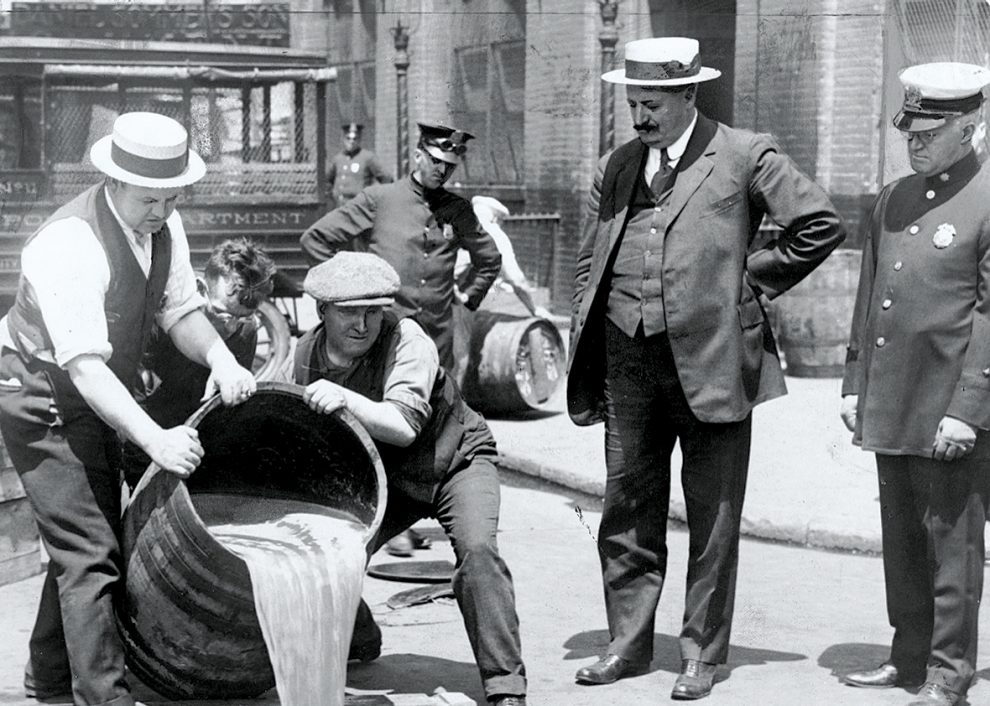
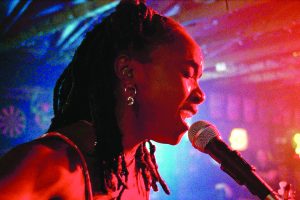
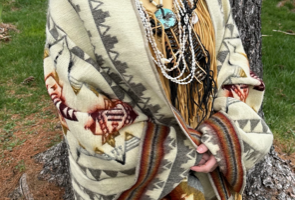

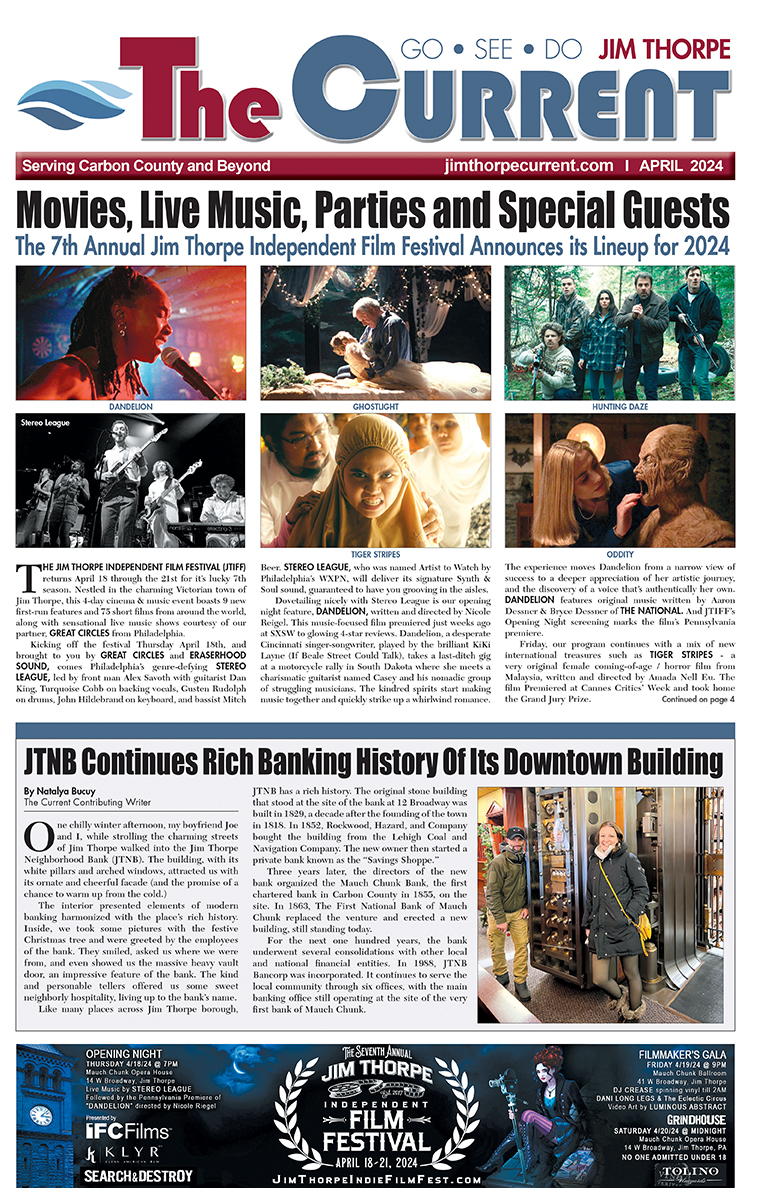
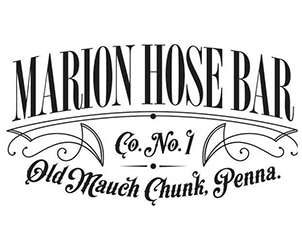
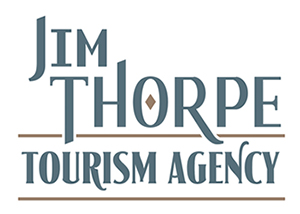
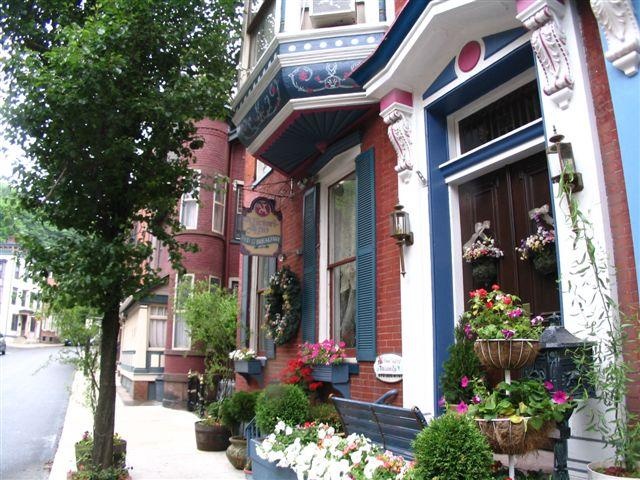

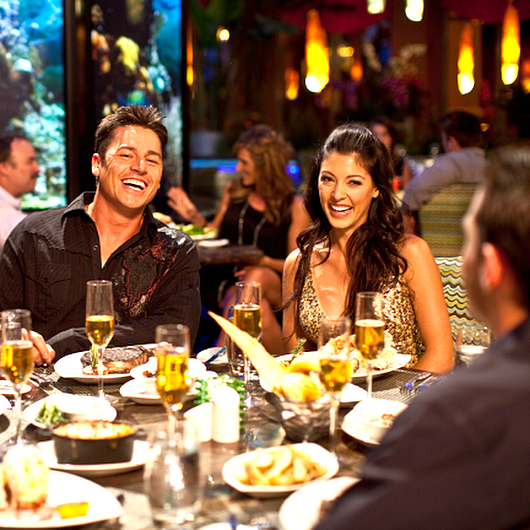









Add Comment